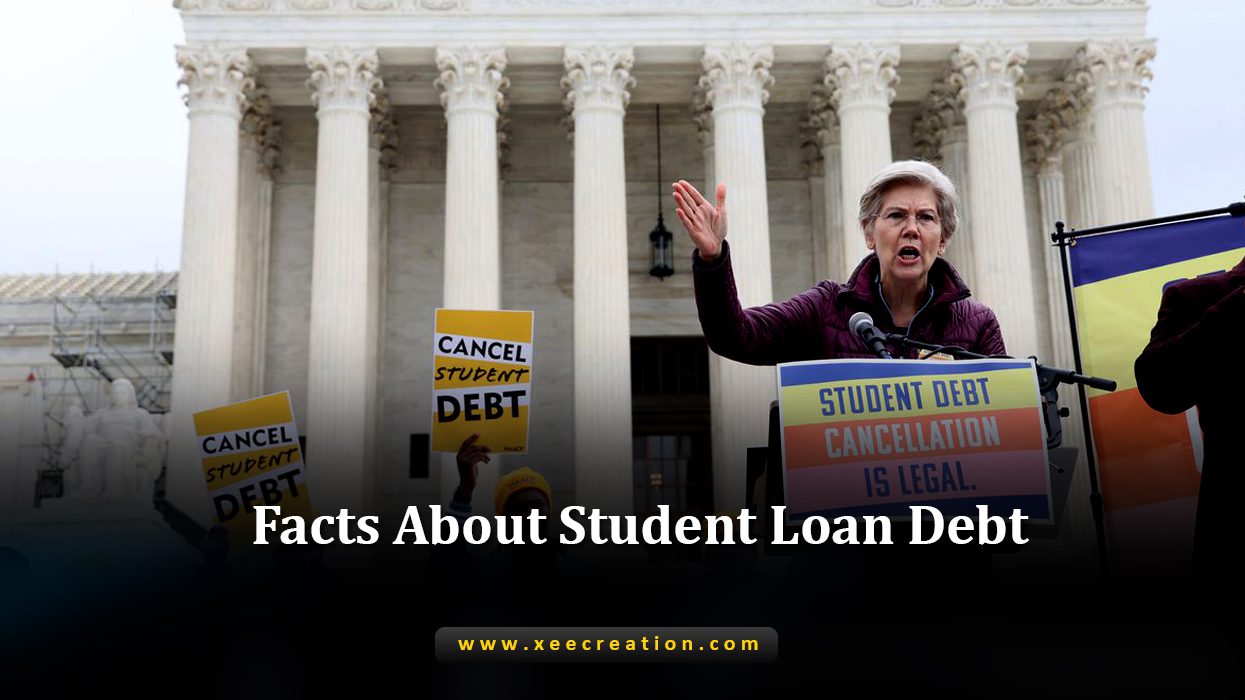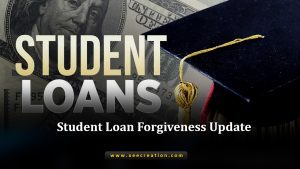Best 10 Facts About Student Loan Debt You Need to Know

The State of Student Loans: Recent Developments and Challenges
Introduction:
Student loans have garnered significant attention worldwide as more students pursue higher education. With rising tuition and living expenses, many students rely on loans to fund their education. In recent years, student loans have become a pressing concern for individuals, governments, and educational institutions.
Rising Student Loan Debt:
One of the most notable trends in student loans is the escalating debt that borrowers accumulate. According to the Federal Reserve, student loan debt in the United States surpassed $1.7 trillion in 2021. The debt burden often has long-lasting consequences for borrowers, affecting their financial stability, career choices, and overall well-being.
Government Initiatives:
Governments worldwide have recognized the severity of the student loan crisis and have implemented various initiatives to address the issue. In some countries, measures such as income-driven repayment plans and loan forgiveness programs have been introduced to ease the burden on borrowers. Additionally, several governments are exploring options to make higher education more affordable, including tuition-free college or university programs.
The debate over Loan Forgiveness:
Debate continues to surround the concept of student loan forgiveness. Advocates argue that forgiving a portion or all of the outstanding student loan debt would stimulate economic growth by allowing borrowers to invest in other areas such as housing, entrepreneurship, and retirement savings. Critics, however, express concerns over the potential moral hazard and the fairness of relieving borrowers of their obligations, especially for those who repaid their loans diligently.
Refinancing and Loan Repayment Options:
Refinancing allows borrowers to secure lower interest rates or extend the repayment term, potentially reducing their monthly payments. Furthermore, numerous loan repayment assistance programs have emerged, providing borrowers with guidance and resources to navigate the complex repayment process.
Student Loan Rehabilitation:
Another recent development in student loans focuses on rehabilitation programs for borrowers in default. These programs aim to assist borrowers in regaining their financial footing by offering options such as income-driven repayment plans, loan consolidation, and credit counseling. Rehabilitation programs allow borrowers to rectify their default status and avoid severe consequences such as wage garnishment and damaged credit scores.
The Role of Technology:
Technology has played a significant role in shaping the student loan landscape. Online platforms and mobile applications have emerged, providing borrowers convenient access to loan information, repayment calculators, and budgeting tools. Furthermore, emerging technologies such as blockchain are being explored to streamline loan disbursement, reduce fraud, and enhance the security and transparency of student loans.
The Impact of the COVID-19 Pandemic:
The COVID-19 pandemic further exacerbated the challenges faced by student loan borrowers. Many individuals experienced financial hardships due to job losses and reduced work hours, making meeting their monthly loan obligations difficult. In response, some governments implemented temporary measures such as forbearance and interest rate reductions to relieve borrowers during the pandemic.
Conclusion:
Student loans remain a pressing issue with significant consequences for individuals and societies. As the burden of student loan debt continues to grow, governments, educational institutions, and financial institutions must work together to find sustainable solutions. This includes implementing policies that make higher education more affordable, expanding loan forgiveness programs, improving loan repayment options, and leveraging technology to enhance transparency and efficiency.
FAQs About Student Loans:
Q: How much student loan debt is there currently?
A: According to the Federal Reserve, the total student loan debt in the United States surpassed $1.7 trillion in 2021.
Q: What initiatives have governments taken to address the student loan crisis?
A: Governments worldwide have implemented measures such as income-driven repayment plans and loan forgiveness programs to ease the burden on borrowers. Some countries are also exploring options for tuition-free college or university programs.
Q: What is the ongoing debate regarding loan forgiveness?
A: The concept of student loan forgiveness is subject to ongoing debate. Advocates argue that forgiving some or all of the outstanding debt would stimulate economic growth, while critics raise concerns about moral hazard and fairness.
Q: Are there options for refinancing student loans?
A: Yes, private lenders and financial institutions offer refinancing options. Borrowers can secure lower interest rates or extend the repayment term, potentially reducing their monthly payments.
Q: What is student loan rehabilitation?
A: Student loan rehabilitation programs aim to assist borrowers in default. These programs provide options such as income-driven repayment plans, loan consolidation, and credit counseling to help borrowers regain their financial footing.
Q: How has technology influenced the student loan landscape?
A: Technology has significantly provided borrowers access to loan information, repayment calculators, and budgeting tools through online platforms and mobile applications. Emerging technologies like blockchain are also explored to enhance loan disbursement security and transparency.
Q: How has the COVID-19 pandemic impacted student loans?
A: The pandemic has exacerbated challenges for student loan borrowers, as many faced financial hardships due to job losses or reduced work hours. Some governments implemented temporary measures such as forbearance and interest rate reductions to provide relief during the pandemic.
Q: What are the potential solutions for addressing the student loan crisis?
A: Solutions include making higher education more affordable, expanding loan forgiveness programs, improving repayment options, and leveraging technology for transparency and efficiency. Collaboration between governments, educational institutions, and financial organizations is crucial in finding sustainable solutions.
Q: How can student loan borrowers seek assistance and support?
A: Borrowers can contact their loan servicers for guidance and explore resources provided by government agencies, non-profit organizations, and financial institutions. Online platforms and resources offer tools for managing debt, repayment options, and financial planning.
Q: Can student loans be discharged through bankruptcy?
A: Generally, student loans take time to be discharged through bankruptcy. Borrowers must meet strict criteria and demonstrate “undue hardship” to have their student loans discharged, which can be challenging to prove in court.
Please note that the information provided in these FAQs may vary based on country-specific regulations and policies. It’s advisable to consult relevant financial and educational authorities for accurate and up-to-date information.
More Posts Related This Article
Student Loan Debt, Student Loan Debt, Student Loan Debt, Student Loan Debt, Student Loan Debt, Student Loan Debt, Student Loan Debt, Student Loan Debt, Student Loan Debt, Student Loan Debt, Student Loan Debt,

